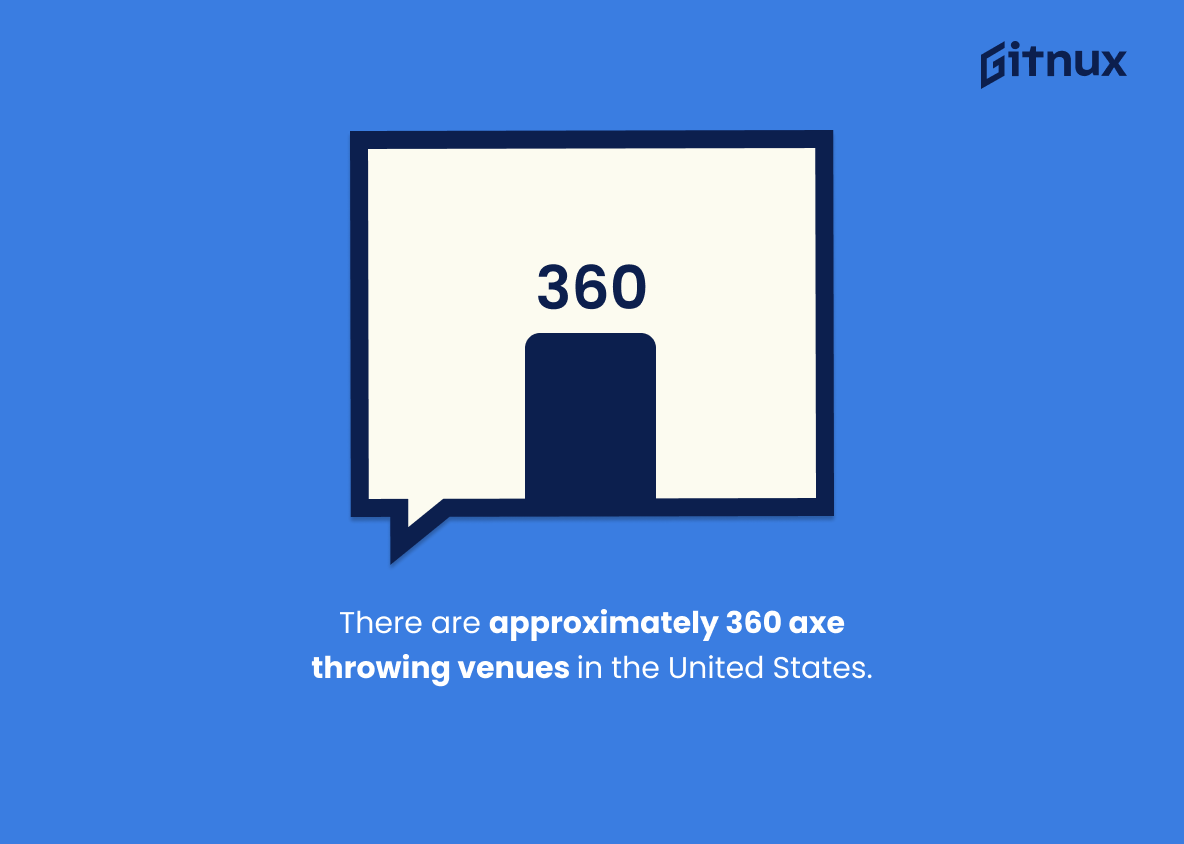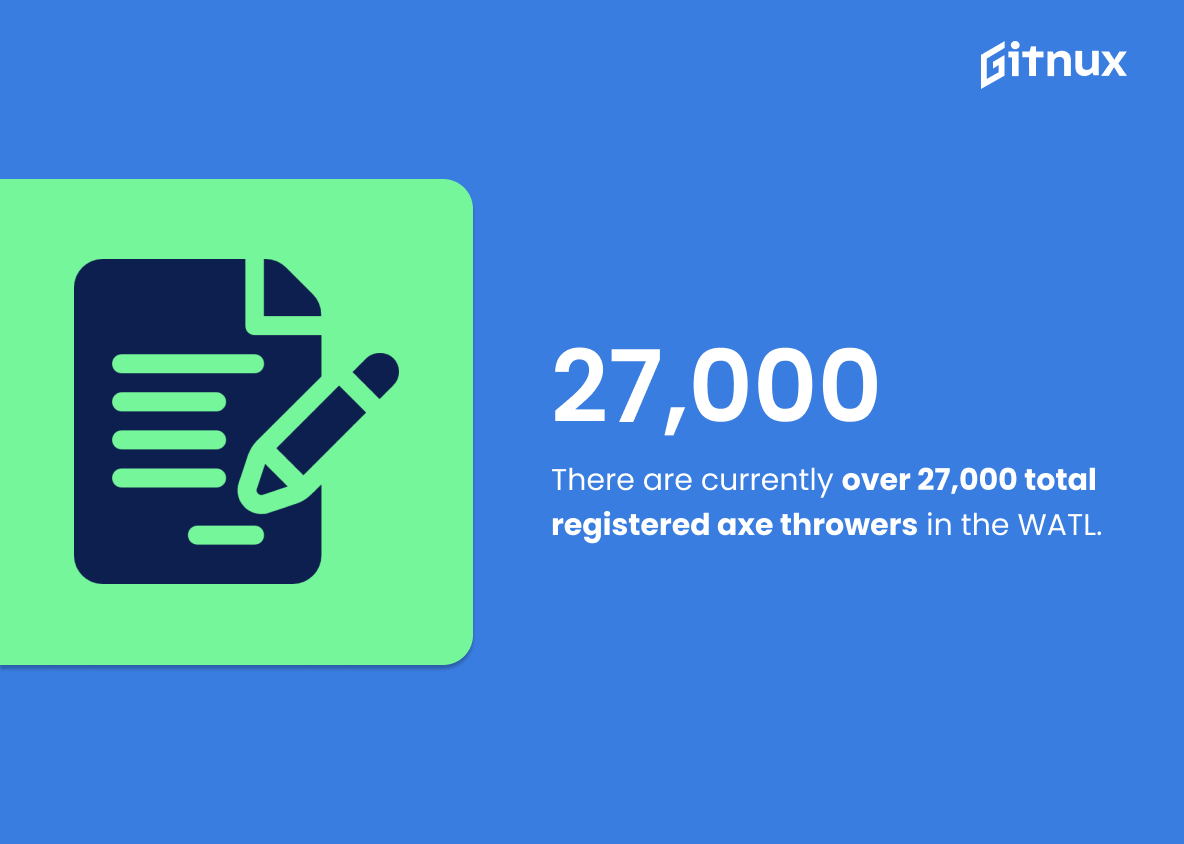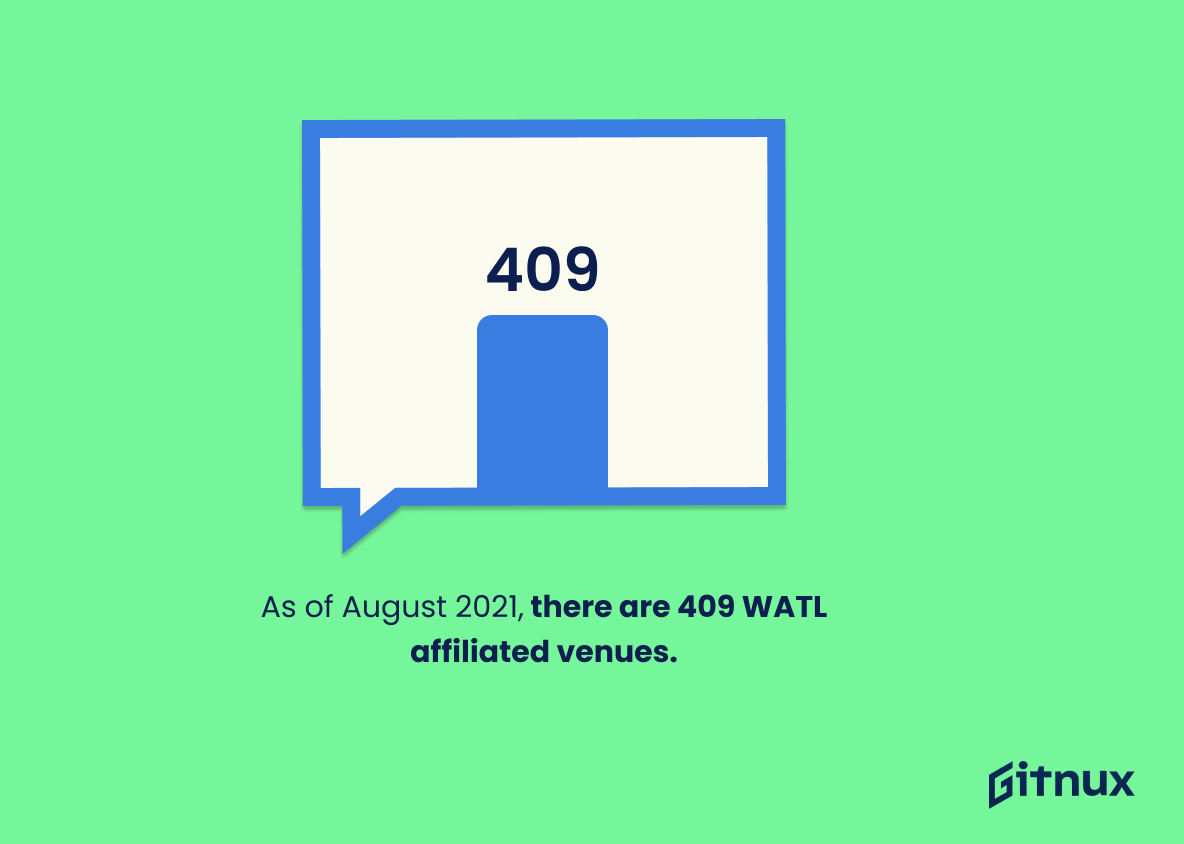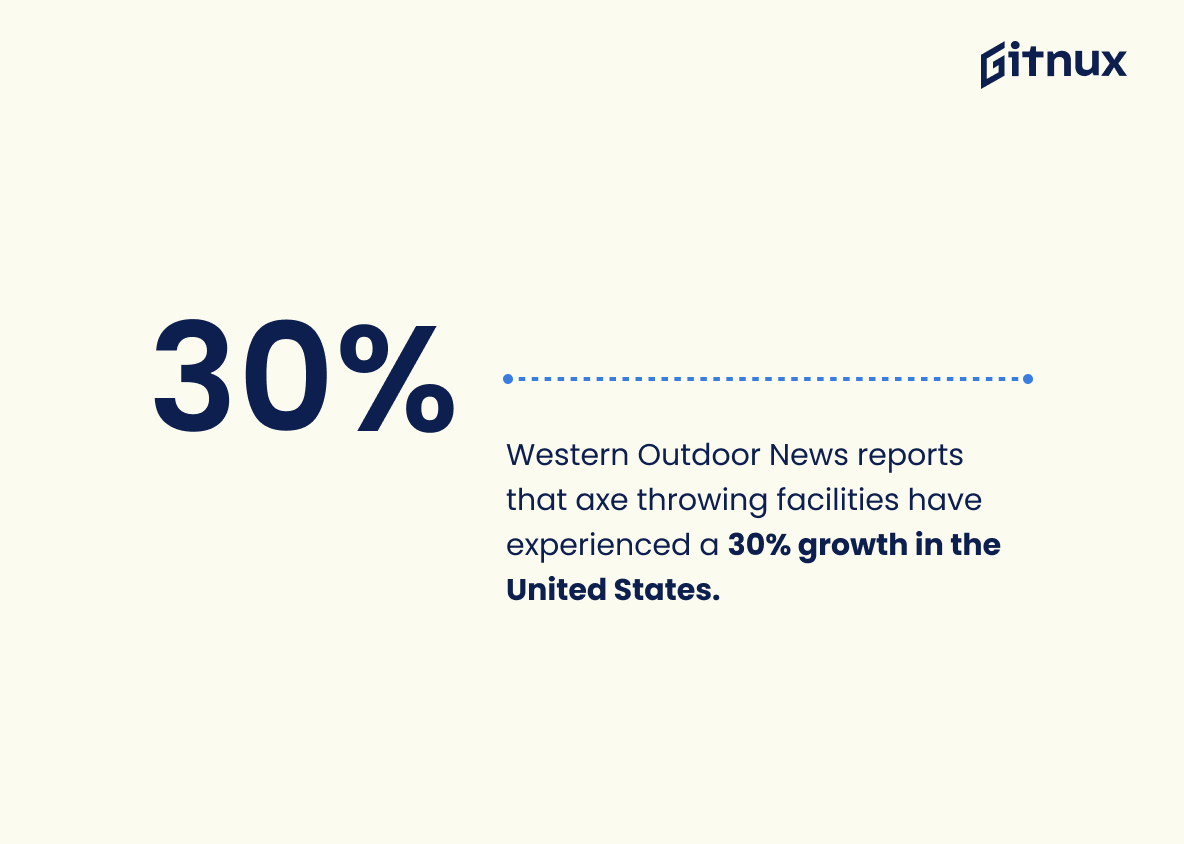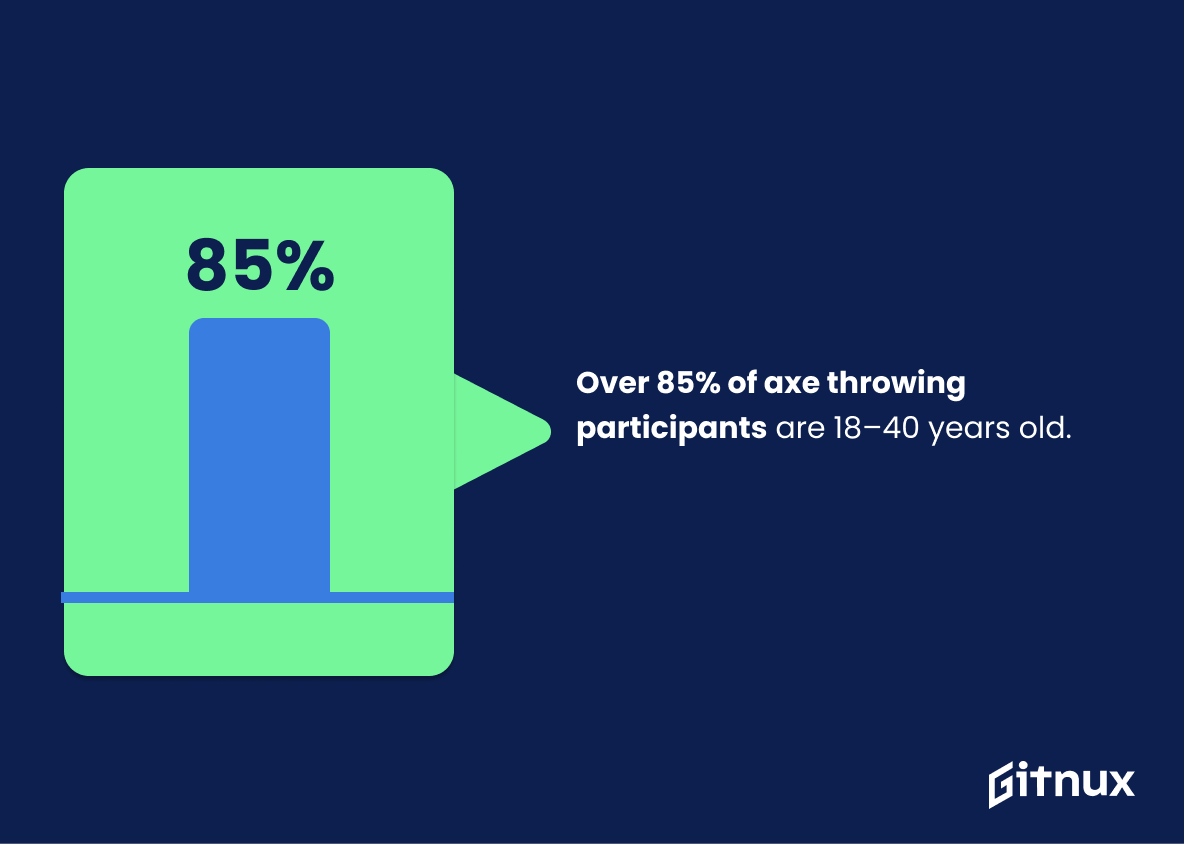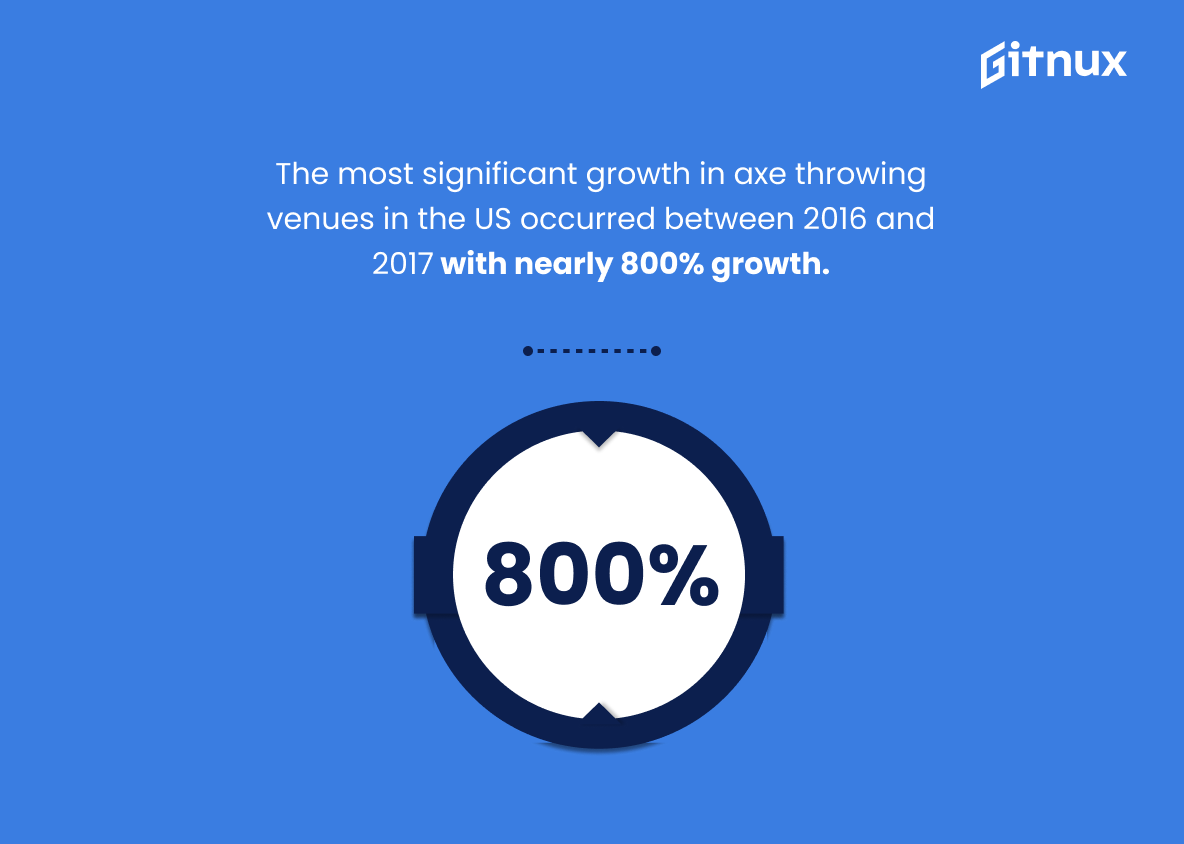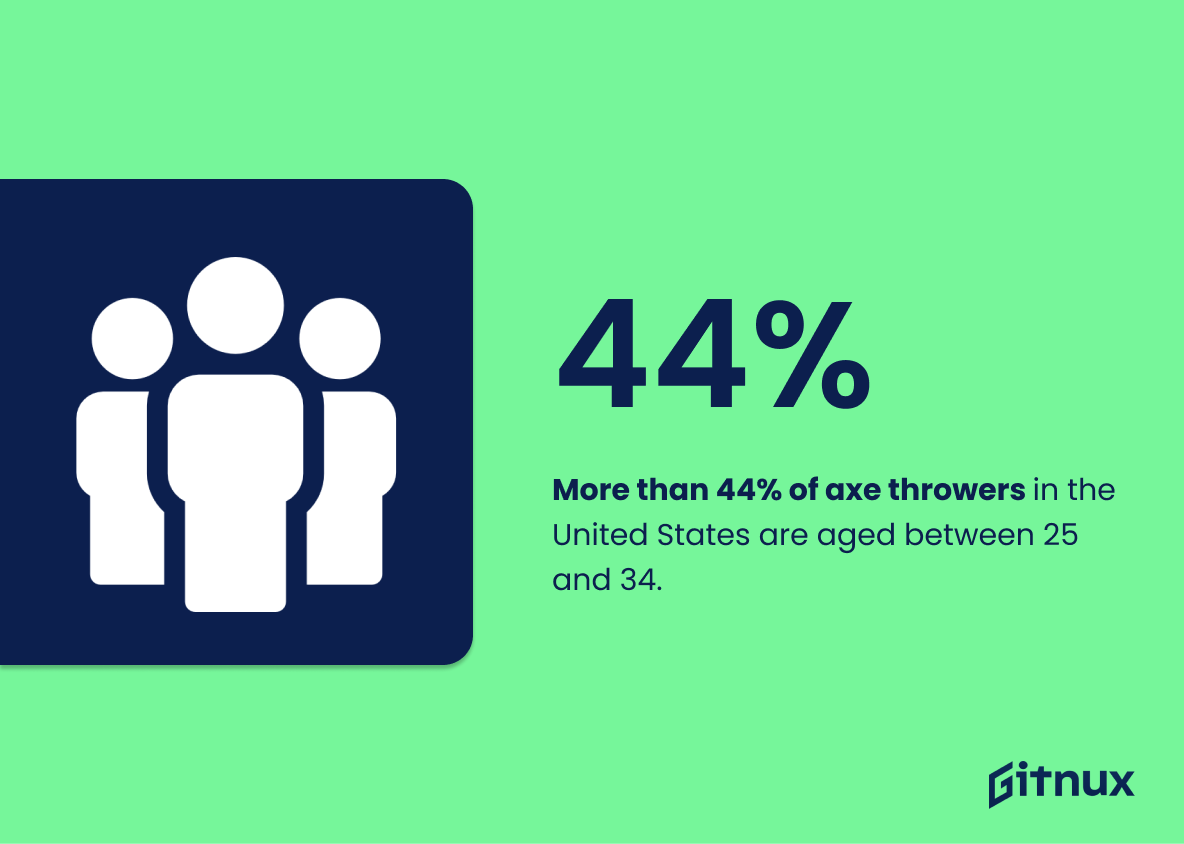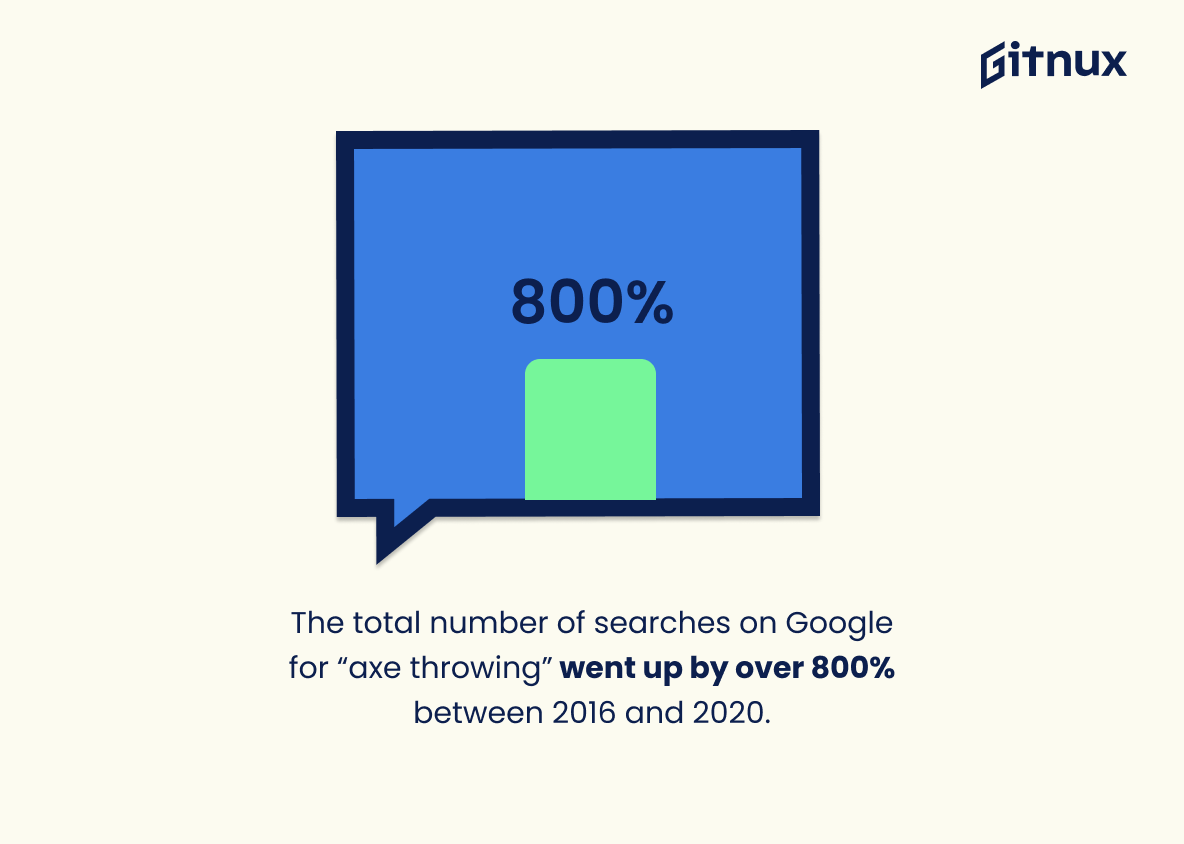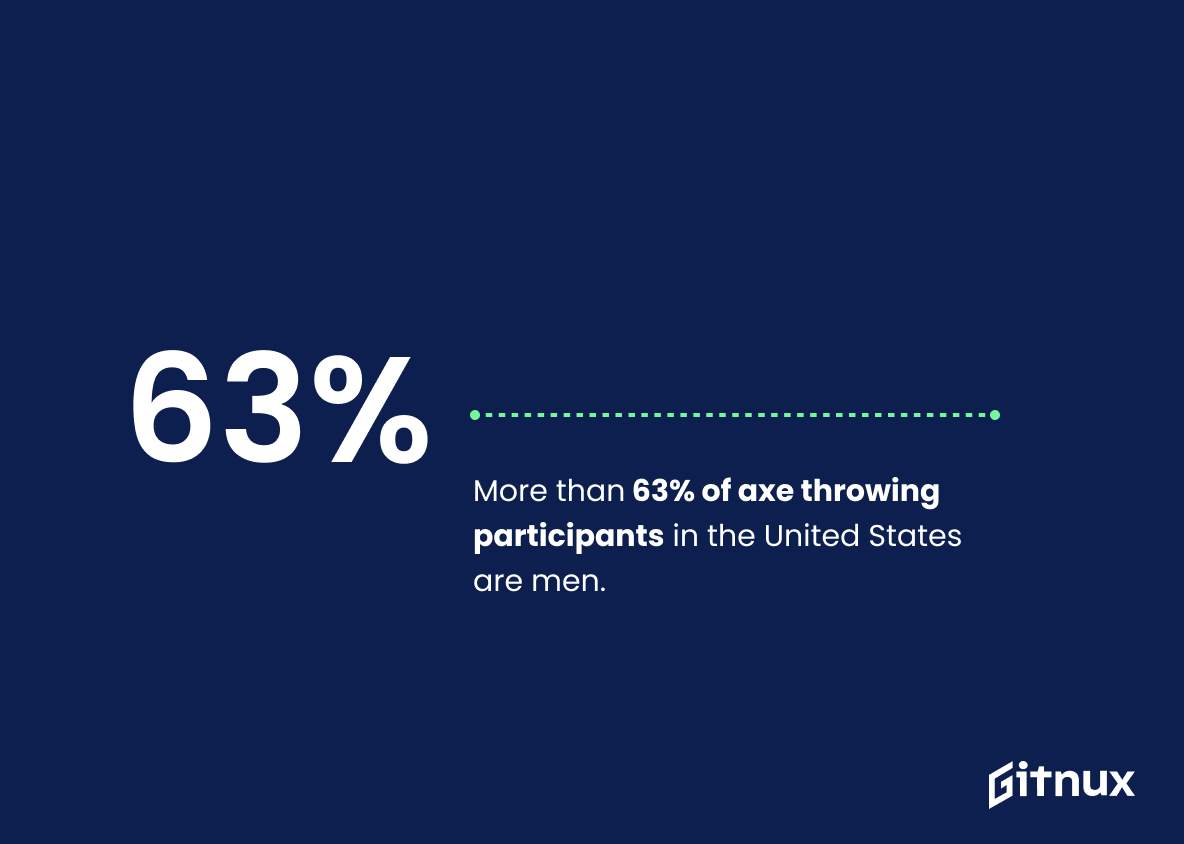Axe throwing has been around for centuries, but it’s only recently that the sport has gained popularity. From its origins in 400-500 A.D to becoming a competitive sport with an international league and championship events, axe throwing is now one of the fastest growing recreational activities in the United States and beyond.
Axe Throwing Statistics Overview
The World Axe Throwing League (WATL) was founded in 2017.
This statistic is significant because it marks the beginning of a new era in the world of axe throwing. The founding of the World Axe Throwing League in 2017 opened up a whole new realm of possibilities for the sport, allowing it to become more organized and accessible to a wider audience. This has led to an increase in the popularity of axe throwing, and has allowed for the development of new strategies and techniques that have helped to make the sport even more exciting.
There are approximately 360 axe throwing venues in the United States.
This statistic is a testament to the growing popularity of axe throwing in the United States. It shows that axe throwing is becoming an increasingly popular activity, with more and more venues popping up across the country. This statistic is a great indicator of the increasing popularity of axe throwing and is an important piece of information to include in a blog post about axe throwing statistics.
As of August 2021, there are over 310 competitive WATL events held worldwide.
This statistic is a testament to the growing popularity of WATL events worldwide. It shows that axe throwing is becoming an increasingly popular sport, with more and more people taking part in competitive events. This is a great indication of the sport’s potential for growth and its potential to become a mainstream activity. It also shows that axe throwing is becoming more accessible, with more events being held in different locations around the world. This is great news for anyone interested in the sport, as it means they can find an event near them and get involved.
The Women’s Axe Throwing Champion of the 2021 WATL Championship is Scarlett Spades.
This statistic is a testament to the hard work and dedication of Scarlett Spades, who has earned the title of Women’s Axe Throwing Champion of the 2021 WATL Championship. It is a reminder that with the right amount of practice and determination, anyone can achieve their goals and become a champion in their chosen sport. This statistic is a source of inspiration for all aspiring axe throwers, showing that with the right attitude and commitment, anything is possible.
The Men’s Axe Throwing Champion of the 2021 WATL Championship is Edwin Espinosa Gallardo.
The fact that Edwin Espinosa Gallardo is the 2021 WATL Championship Men’s Axe Throwing Champion is a testament to his skill and dedication to the sport. It is a remarkable achievement that should be celebrated and recognized, and serves as an inspiration to all aspiring axe throwers. This statistic is a reminder of the hard work and dedication it takes to become a champion, and is a great example of what can be accomplished with the right attitude and determination.
There are currently over 27,000 total registered axe throwers in the WATL.
This statistic is a testament to the growing popularity of axe throwing. With over 27,000 registered throwers, it’s clear that axe throwing is becoming a beloved pastime for many. It’s a sign that axe throwing is here to stay and that it’s becoming an increasingly popular activity.
As of August 2021, there are 409 WATL affiliated venues.
This statistic is a testament to the growing popularity of axe throwing as a recreational activity. With 409 WATL affiliated venues, it’s clear that axe throwing is becoming an increasingly popular pastime for people of all ages. This statistic is a sign of the times, showing that axe throwing is no longer a niche activity, but a mainstream one.
Western Outdoor News reports that axe throwing facilities have experienced a 30% growth in the United States.
This statistic is a testament to the growing popularity of axe throwing facilities in the United States. It shows that more and more people are discovering the thrill of axe throwing and are eager to give it a try. This statistic is a great indicator of the potential for axe throwing to become a mainstream activity.
Over 85% of axe throwing participants are 18–40 years old.
This statistic is significant in the context of a blog post about Axe Throwing Statistics because it reveals that the majority of axe throwing participants are within the 18-40 age range. This indicates that axe throwing is a popular activity among young adults, and could be a great way for people in this age group to have fun and socialize.
The most significant growth in axe throwing venues in the US occurred between 2016 and 2017 with nearly 800% growth.
This statistic is a testament to the meteoric rise of axe throwing as a popular recreational activity in the US. It shows that in a single year, the number of axe throwing venues increased by an astonishing 800%, indicating that axe throwing has become a widely accepted and sought-after pastime. This statistic is a clear indication that axe throwing is here to stay and is likely to continue to grow in popularity.
More than 44% of axe throwers in the United States are aged between 25 and 34.
This statistic is significant in the context of a blog post about Axe Throwing Statistics because it reveals that the majority of axe throwers in the United States are in the prime of their lives. This indicates that axe throwing is a popular activity among young adults, and that it is likely to continue to grow in popularity in the future.
The total number of searches on Google for “axe throwing” went up by over 800% between 2016 and 2020.
This statistic is a testament to the growing popularity of axe throwing. It shows that more and more people are becoming interested in the activity, which is a great sign for the industry. It also indicates that axe throwing is becoming more mainstream, which could lead to more businesses offering axe throwing services and more people participating in the activity.
More than 63% of axe throwing participants in the United States are men.
This statistic is significant in the context of a blog post about Axe Throwing Statistics because it highlights the gender disparity in the sport. It suggests that axe throwing is a predominantly male-dominated activity, which could be a barrier to entry for women who may be interested in participating. This statistic could be used to spark a discussion about how to make axe throwing more inclusive and accessible to all genders.
Axe throwing provides nearly 400 full-time jobs and 1,000 part-time jobs for workers in the US.
This statistic is a testament to the impact axe throwing has had on the US job market. It shows that axe throwing has created a significant number of jobs, both full-time and part-time, for workers in the US. This is an important statistic to consider when discussing the economic impact of axe throwing.
Illinois is the second-largest state in the United States for the number of axe throwing venues.
This statistic is significant in demonstrating the popularity of axe throwing in Illinois. It shows that the state is a major hub for axe throwing venues, indicating that the activity is widely enjoyed by residents. This is an important piece of information for anyone interested in learning more about the sport and its prevalence in the United States.
In 2018, there were 6000 certified members of the National Axe Throwing Federation (NATF).
This statistic is a testament to the growing popularity of axe throwing as a recreational activity. It shows that more and more people are joining the National Axe Throwing Federation, indicating that axe throwing is becoming increasingly popular. This statistic is a great indicator of the success of the NATF and the axe throwing industry as a whole.
Throwing an axe requires approximately 1–1.5 lbs of force to stick into the target.
This statistic is essential in understanding the mechanics of axe throwing. Knowing the amount of force required to stick an axe into the target gives us insight into the skill and technique needed to be successful at axe throwing. It also helps us understand the physics behind the sport and how to maximize accuracy and power.
Conclusion
Axe throwing has been around for centuries, but it wasn’t until 2010 that the sport started gaining popularity in Canada. Since then, axe throwing venues have grown exponentially and now there are over 310 competitive WATL events held worldwide. The World Axe Throwing League (WATL) was founded in 2017 and currently boasts more than 27,000 registered throwers across 409 affiliated venues. In 2018 alone, axe throwing accounted for an estimated $22.9 million in revenue generated within the United States with a 30% growth rate reported by Western Outdoor News since 2016-2017 when nearly 800% growth occurred between those two years alone.
In conclusion, we can see that axe throwing has become increasingly popular over recent years due to its accessibility amongst different age groups combined with increased media coverage resulting in exponential growth rates year after year leading us towards new heights never seen before.
References
0. – https://www.google.com
1. – https://www.nationalgeographic.com
2. – https://www.urbanaxes.com
3. – https://www.wonews.com
4. – https://www.throwaxes.com
5. – https://www.worldaxethrowingleague.com
6. – https://www.ibisworld.com
7. – https://www.seekcapital.com
8. – https://www.axeplosion.com

